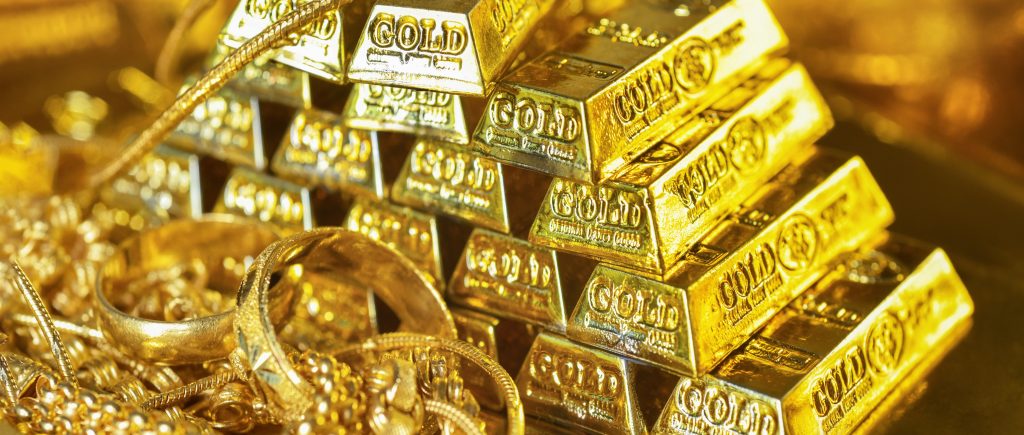A massive selloff in China ahead of the May 1, 2025, Labour Day holiday sent gold prices crashing to a two-week low, highlighting the nation’s dominant role in the global market. Spot gold (XAU/USD) dropped to $3,238.29 per ounce as of May 2, 2025, down from recent peaks above $3,500. Despite this sharp decline, gold’s 23% gain in 2025 keeps it a standout performer. Investors must decide if this dip is a buying opportunity or a sign of deeper shifts, but careful timing and strategic caution are crucial in this volatile landscape.
China’s Selloff Triggers Price Slide
Chinese traders offloaded nearly 1 million ounces of gold through the Shanghai Gold Exchange (SGE) and Shanghai Futures Exchange (SHFE) before the holiday closure, unwinding most positions built the previous week. This selloff cut China’s onshore gold holdings by 5% from all-time highs, pushing spot prices below $3,200 on Thursday, a level last seen on April 14. With China commanding 40% of global open interest, its market hours often dictate price swings. Gold’s nature as a “flow commodity” makes it vulnerable to sudden changes in liquidity and investor sentiment, as this episode starkly illustrates.
Market Dynamics and Global Context
The selloff erased gains from a 1.2-million-ounce buying surge that had driven gold to $3,500, spurred by safe-haven demand amid US-China trade frictions. Easing trade tensions, alongside a stronger US dollar following elevated PCE inflation data, curbed gold’s rally. Global markets also wavered, with the S&P 500 and Nasdaq each shedding 5% in April due to tariff concerns. Still, gold’s 2025 performance, bolstered by central bank purchases and geopolitical unrest, remains strong. The 2014 gold price crash, triggered by similar liquidity shocks, serves as a cautionary tale of how quickly sentiment can shift.
What’s Next for Gold Investors
Gold’s trajectory depends on US economic data, including Nonfarm Payrolls, and signals from Federal Reserve Chair Jerome Powell. A robust jobs report could strengthen the dollar, pressuring gold further, while a weak reading might reignite safe-haven buying. China’s post-holiday trading will be pivotal—renewed purchases could stabilize prices. Investors face a choice: seize the dip, betting on gold’s enduring appeal, or hold off amid tariff and inflation uncertainties. The 2023 gold surge, driven by central banks, points to resilience, but reckless moves could falter.
Powell must navigate inflation without stifling growth, avoiding the 2022 tightening missteps that rattled markets. Investors should hedge with gold to counter volatility, closely tracking China’s actions. Past dips have rewarded patient buyers, but precision is critical. A disciplined, data-driven strategy, attuned to global trends, will distinguish those who thrive from those caught in the next market jolt.

 Noor Trends News, Technical Analysis, Educational Tools and Recommendations
Noor Trends News, Technical Analysis, Educational Tools and Recommendations




